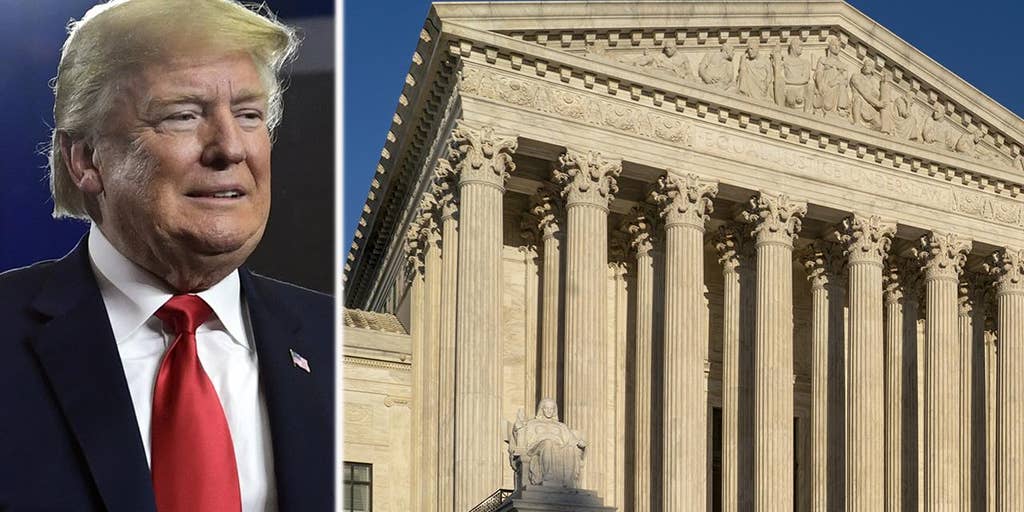U.S. Supreme Court Approves Trump’s Federal Workforce Reduction Plan
The U.S. Supreme Court has taken a significant step in supporting President Donald Trump’s initiative to reduce the federal workforce, allowing the administration to move forward with its plan despite concerns about the potential disruption of essential public services. This decision overturned previous rulings from lower courts that had attempted to block the job cuts, which are being led by the Department of Government Efficiency (DOGE).
The unsigned opinion from the court did not delve into specific personnel terminations but instead focused on the legality of Trump’s executive order and administrative directive urging federal agencies to cut jobs. The ruling has been seen as a major legal win for Trump, who has increasingly turned to emergency appeals to push his restructuring agenda.
Justice Jackson Dissents
Justice Ketanji Brown Jackson was the only justice to dissent in the decision, sharply criticizing the court’s choice to intervene without full consideration. She accused her colleagues of showing a “demonstrated enthusiasm for greenlighting this President’s legally dubious actions in an emergency posture.” In her written opinion, Jackson warned that the executive action could lead to mass employee terminations, widespread cancellation of federal programs and services, and the dismantling of much of the Federal Government as Congress has created it.
Trump’s Vision for Government Efficiency
Trump, who previously tapped billionaire tech mogul Elon Musk to lead DOGE before Musk’s recent departure, has framed the workforce cuts as part of a voter-endorsed mandate to overhaul the federal government. White House spokesperson Harrison Fields welcomed the court’s ruling, calling it “another definitive victory for the President and his administration.”
Fields stated that the decision rebukes the continued assaults on the President’s constitutionally authorized executive powers by leftist judges who are trying to prevent the President from achieving government efficiency across the federal government.
Impact on Federal Employees
The reductions have already affected tens of thousands of federal employees, with some fired outright, others exiting through deferred resignation programs or placed on indefinite leave. Although no official tally has been released, over 75,000 workers are estimated to have taken voluntary exits, while many others, particularly probationary hires, have been dismissed.
Legal Challenges and Concerns
In May, U.S. District Judge Susan Illston ruled that such dramatic cuts required approval from Congress. She ordered a temporary freeze on the president’s executive order and a related DOGE memo issued in February. Her ruling, supported by a 2-1 decision from a 9th Circuit Court panel, highlighted concerns about the impact on vital public services, including food safety and veterans’ healthcare.
The lawsuit, filed by labor unions, advocacy groups, and several major cities including Baltimore, Chicago, and San Francisco, warned that as many as half of the jobs in certain federal agencies could be eliminated if the order moved forward. The plaintiffs said the decision has dealt a serious blow to their democracy and puts services that the American people rely on in grave jeopardy.
Affected Agencies and Ongoing Debate
Agencies potentially affected by the cuts include the Departments of Agriculture, Labor, Energy, the Interior, State, Treasury, and Veterans Affairs, as well as the EPA, Social Security Administration, National Science Foundation, and Small Business Association.
As the case returns to Judge Illston’s court for further proceedings, the ruling has sparked renewed debate over executive authority, separation of powers, and the long-term implications for public sector governance in the U.S. The decision underscores the ongoing tension between presidential power and congressional oversight, raising important questions about the balance of power within the federal government.







